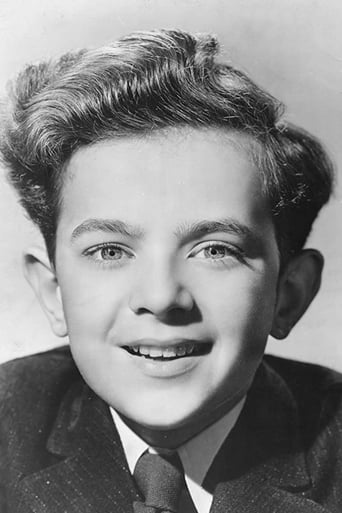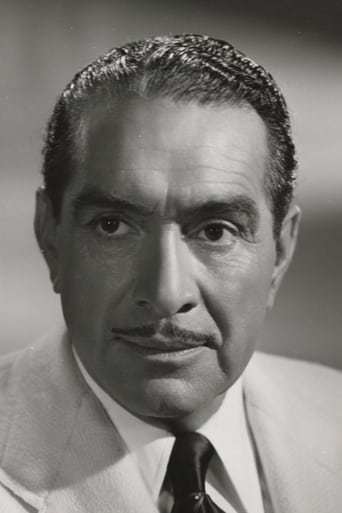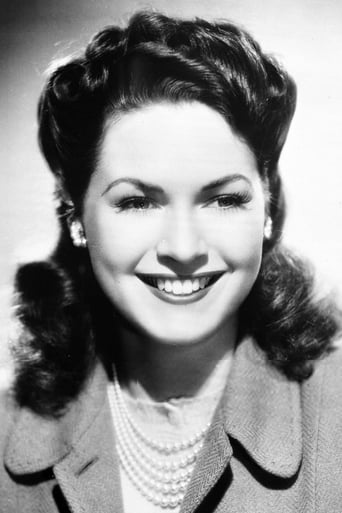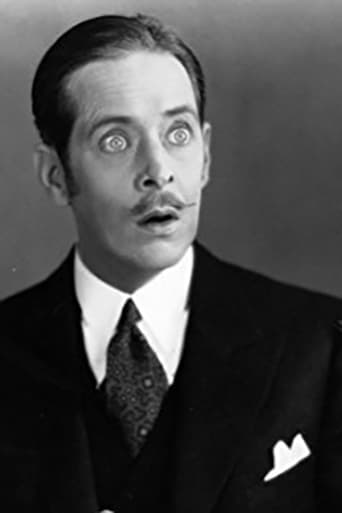Jeanskynebu
the audience applauded
Console
best movie i've ever seen.
Zlatica
One of the worst ways to make a cult movie is to set out to make a cult movie.
bob the moo
Off the back of the most recent Batman film, I saw a documentary on the Batmobile that observed that the first ever film version of Batman just used a normal car and this was the point where I learnt that there was a Batman serial back in the 1940's. It took me a minute to track it but I did and I watched it as a bit of a curio piece, to see what the first film incarnation of this character looked like. As it turned out this was probably the way to approach it because essentially Batman is not too different from other serials of the time which involves a pantomime villain who is constantly outfoxed by the hero every week even though each each episode ends with a cliffhanger.In this case the episodes are barely 15 minutes long and each episode replay the final 3 of the previous episode (showing the cliffhanger) before it then moves forward. As a result each episode is very short and, although the plot generally flows, it does not have much time to set up the next stage of Daka's fiendishly Oriental plan before it is then concluding that part of his plan thanks to Batman's intervention. This means that everything moves quickly and is mostly pretty functional in the design. The one common thing is that there will be a fistfight and, mostly, Batman and Robin will get overwhelmed, leaving them in a fatal cliffhanger each week. The villains will invariably leg it back to Daka to report that Bats is a goner, meanwhile the duo escape time and time again. It gets quite samey after a very short while even if some of the episode have some better set pieces like car crashes and fires to liven things up. Mostly though it is fist fights and fairly standard plotting.Of course one thing that is also consistent is the casual and consistent racism against the, then enemy, Japanese. Although the modern viewer gets numb to it over 15 episodes, it is still hard to take the narration refer to slant-eyed treachery and other colorful and offensive terms; I understand it is of its time, but it is still weird to see how lacking in subtly it was. The episodes do at least have a good touch of darkness about them as batman has the vaguest touch of noir in the delivery and at least there is genuine death and violence in there. Wilson is less Batman and more just a standard serial hero – all chin, chest and brave clean Americanism. Croft works well with him as Robin although I didn't care much for Patterson's Linda or Austin's Alfred. Naish's Daka is a wonderfully dated piece of offensive ham but he does it with such sneering energy it is hard not to enjoy it despite what it is.Overall this version of Batman is very much of its time and very much worth seeing as a curiosity and piece of history of the character. As an actual series of films to watch though it is pretty basic; it is very short but yet still pads time, it offers action but mostly it is just basic fist-fights and it's plots are basic and seem to spend most of their energy on having digs at the Japanese.
Coolestmovies
Bereft of the budgets and storytelling ingenuity Republic Pictures brought to their chapter plays, Columbia's first stab at DC Comics' Batman franchise is a drab, exceedingly repetitive bore, with J. Carroll Naish's "oriental" villain Prince Tito Daka dreaming up some of the most inane--and easily survivable--traps for heroes Batman (Lewis Wilson) and Robin (Doug Croft), who change clothes so frequently in odd places together (in the backseats of cars, in alleyways, even behind trees!) that it's not surprising Frederick Wertham would later blow a head valve over this stuff. Hell, Bruce Wayne's "excuses" for missing time with girlfriend Linda Page (Shirley Patterson) are almost brazenly gay, even for the period. The cliffhangers that cap certain episodes--usually after yet another poorly staged fistfight between the heroes and Daka's goons--are woefully under-realized (a car wreck is heard but not seen, as is a building explosion), usually with the heroes simply emerging in the next episode from wreckage we never saw happen. Skip this one.
crazychap
Every superhero has to begin from somewhere. In 1939, Batman makes his debut in the comic world as a violent and somewhat ruthless superhero (He actually uses a gun in the early strips). 4 years later, this superhero, along with his sidekick Robin, make their screen debut in Batman.In here, the Caped Crusader (Lewis Wilson) and Robin (Douglas Croft) do their business as usual when they gradually discover a criminal plot by Dr. Daka (J. Carrol Naish), a Japanese spy who runs a covert operation in the Metropolis's (Gotham City's) now-deserted Little Tokyo. His purpose: to create a "new order" in which Japan and Germany are the two rulers of the world.As far as production values go, it's not worth complaining how tight the production budget was, but it surely was put up to better use than most Republic serials with more money to spend. The set pieces are creative and well done and the costumes are acceptable, considering that this is the character's debut on the silver screen and, unlike subsequent Batworks, has nothing else to back itself with save the comics. The acting is quite good, and the two leads set the standard that would be used later on, and you sure love to hate the villain. Most of the cliffhangers are great and keep you anxious for the next chapter. And most importantly, it set up the format that would be re-used in the sequel serial of Batman and Robin 6 years later and the 1960s TV show, both with significantly bigger budgets but with a little less imagination.I know many people will complain about the anti-German, anti-Japanese tone of this show, but, let's face it, the year date says it all: 1943. Made at the height of World War II, with Pearl Harbour still a raw wound and both the Germans and Japanese represented the rival camp that by then were so close to achieving world domination, so it was definitely appropriate for its time. Besides, you can look at almost any other serial or movie of the day and almost all of them have the same message. That being said, this is perfect escapist fun, despite the overt patriotism, and is a must for Bat-fans and serial collectors. Those who are put off a bit by the campy Adam West romp will be amused that this one is less so!
cljii
When the 20th Century-Fox TV series "Batman" made its debut, the serial was already playing in special release. Hugh Hefner had booked the serial for his Playboy Club theater in Chicago, and was so pleased with the results from his key-club members (some of whom laughed, some of whom were nostalgic, but all of whom enjoyed the picture) that he had it booked into a public theater downstairs. Based on this, Columbia Pictures put together "An Evening with Batman and Robin", and four-walled (in exclusive screenings at mostly Art Houses) it around the country. The timing of the series and serial was co-incidental. The details of this period are covered in articles in both FILMFAX and EXTRA ADDED ATTRACTIONS magazines.





